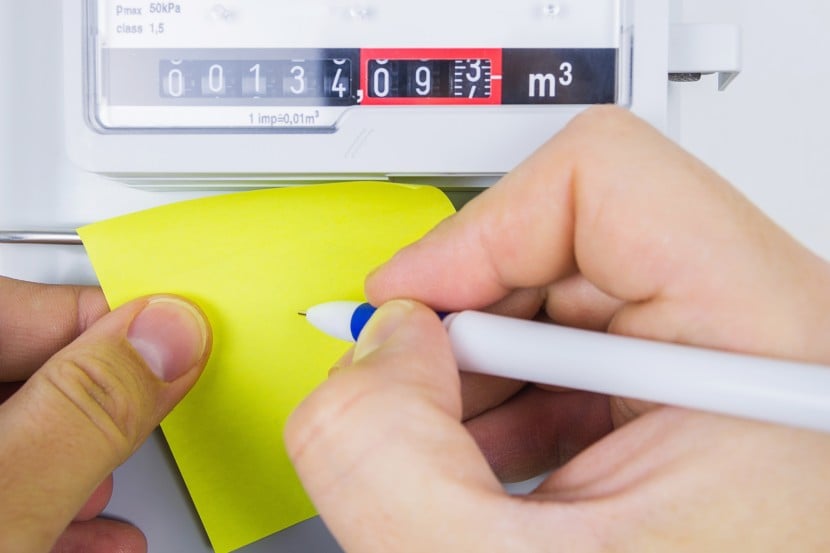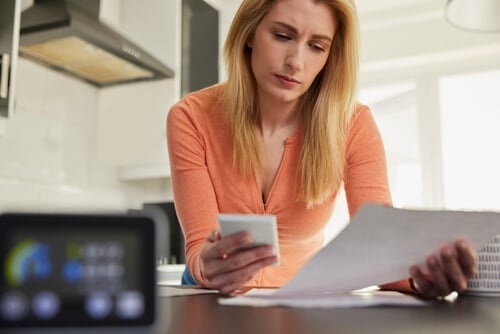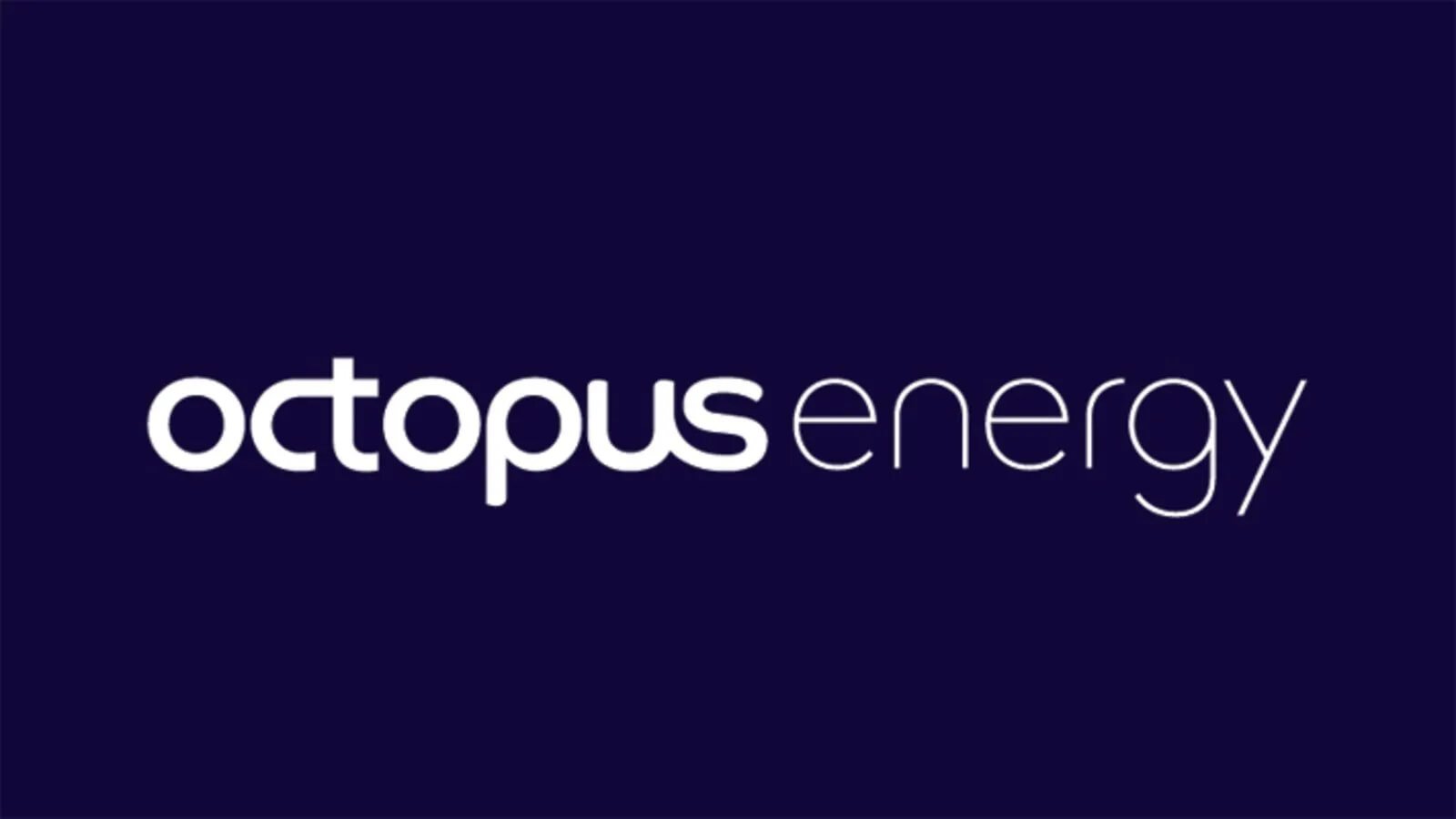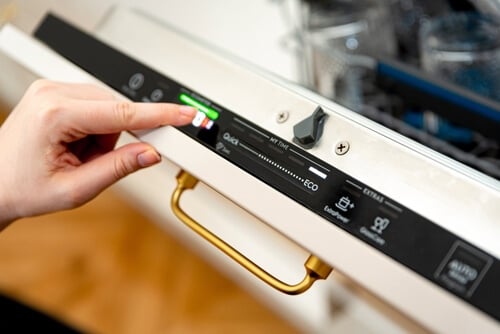Your gas and electricity meters show your supplier exactly how much energy you’ve used so you're not over- or under-paying for your energy bills. It's a good idea, then, to know how to read them.

Switching energy providers
If you're looking for certainty on your energy bills, compare energy deals to see fixed deals that are currently available.
Why do I need to know how to read my gas and electricity meters?
In an ideal world, you wouldn’t need to know how to read your energy meters because your smart meter would send readings automatically to your supplier. However, smart meters can go dumb (particularly in older models) and there could be other technical issues that prevent readings being taken automatically.
With this in mind, you should know how to read your meter just in case you ever need to submit manual readings. This will prevent suppliers taking estimated readings that would probably be inaccurate. If you do, your supplier should tell you which numbers it needs.
How to identify your meter
If you live in a flat, your meter may be located in a communal area along with the meters of the other residents of the block or building. They should be marked as belonging to certain flats, but you can also check the MPRN (Meter Point Reference Number) against the gas meters and the MPAN (Meter Point Administration Number) against the electricity meters to see if they match what you have on your bill.
If you’re still unsure, you can try turning all electricity or gas appliances off in your flat, taking a reading from the meter you think is yours, and then turning something on and seeing if the reading changes.
How to read your gas meter and electricity meter
Your gas and electricity meter tend to have the same style of display. It’s just the numbers that are different.
Remember that gas is measured in cubic feet or metres and electricity is measured in kWh.
Standard
You need the first 5 digits from the left if you’re reading your electric meter. You need the first 4 or 5 numbers if you’re reading your gas meter. Ignore any red numbers.
Digital
If you have a digital display, for both gas and electricity you usually use the first 5 digits from the left for your reading. Ignore the figures after the decimal point.
Dial
These are slightly more confusing. You’ll see several dials. Each has a hand pointing to a number, or just past it.
You read the dials themselves from left to right. Dials without numbers or hands should be disregarded.
Sometimes the hand moves either clockwise or anti-clockwise. This is usually indicated by an arrow, so look out for this when you’re taking your reading.
If the hand is in between 2 numbers, record the number before the hand. If the next dial along is on 9, reduce the previous number by 1.
For example, if a dial looks like it’s dead on 7, but the next dial reads 9, you would write the first number down as 6.
Economy 7
The Economy 7 meter includes 2 different readings.
The daytime or on-peak reading should either be the top one, marked as ‘normal’, or ‘day’ or the default display.
The night-time or off-peak reading is the bottom one, marked ‘low’, or ‘night’.
Usually on digital and prepayment meters you can access each reading by pressing a button on the meter. Sometimes they’re marked Rate 1 and Rate 2.
Prepayment meters
You don’t usually need to take a reading for a prepayment meter but it can still be useful to keep track.
You should be able to scroll through different screens on your prepayment meter. One usually displays how much credit you have left, and the other shows you your usage.
Which meter is gas and which one is electric?
If your electricity and gas meters look the same it can be easy to get them mixed up. But there are relatively easy ways to tell them apart.
Usually, your electricity meter has 5 numbers before the decimal point. You should also see it’s measured in kWh.
Older gas meters are measured in cubic feet (ft3) and have 4 numbers before the decimal point. Newer models have 5 numbers and are usually measured in cubic metres (m3).
How often should I give a meter reading?
It’s always important to give regular meter readings, but you should definitely set a reminder to provide energy meter readings before new price cap rates come into effect. This ensures you’re charged the correct rates at the correct times and there’s no risk of inaccurate estimates being used.
I’m having problems reading my meter, what can I do?
If you’re still having problems, your utility supplier should be able to give you specific instructions on how to read your gas meter or electricity meter over the phone.
If your meter isn’t accessible - for example, if it’s awkward to reach, or you have sight problems - your supplier should be able to arrange for someone to come out and read it for you.
Do I need to know how to read a smart meter?
In theory, you don’t need to know how to read a smart meter because it should send reading automatically to your supplier. However, it can go dumb and there might be other problems with the transfer of information to the supplier. This isn’t a problem because it still functions as a normal meter, but you still need to be able to read it to submit a reading manually.
You should be able to see your meter reading on the display in the same way you would on a normal digital meter.
If you’re looking to install a smart meter, they’re currently being rolled out by most energy providers. If you’re renting, you might have to contact your landlord if you want one. But if you own your home, you can speak to your supplier about getting it fitted. You may need to wait for an appointment in your area to become available, but it shouldn’t cost you anything.







